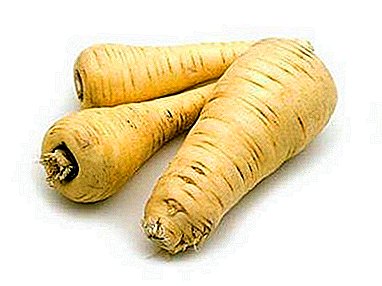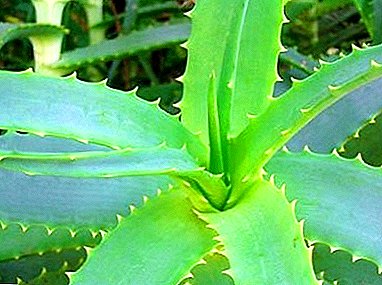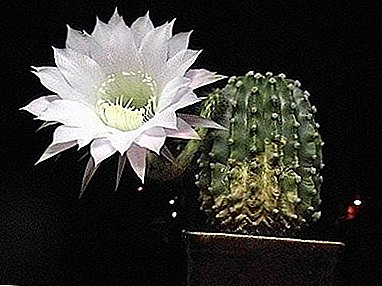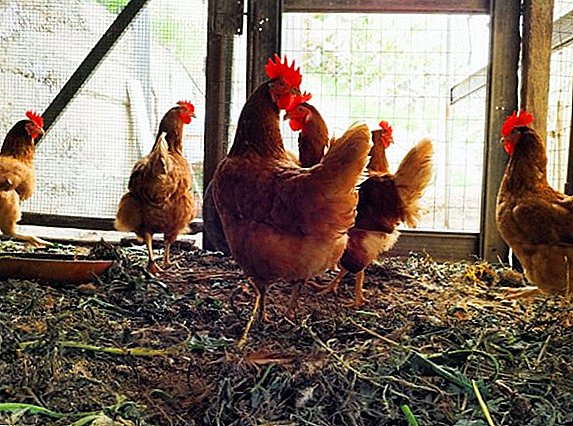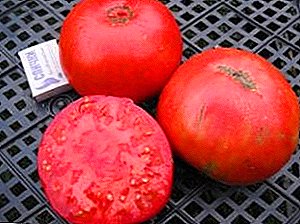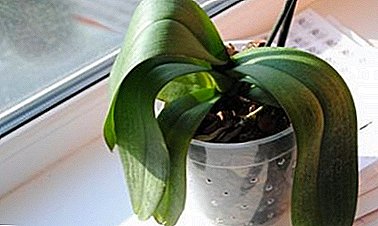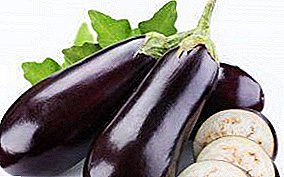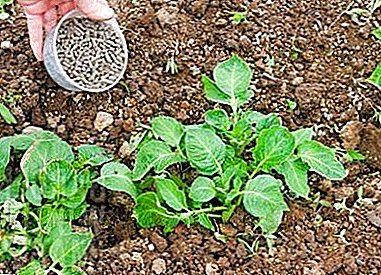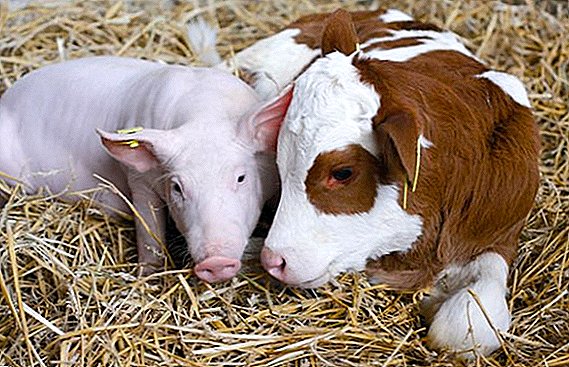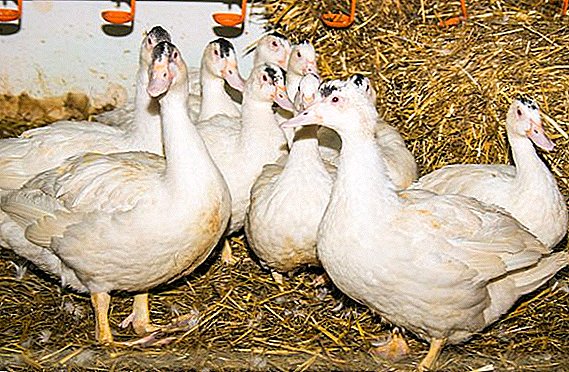 Hybrid poultry breeds are derived in order to improve the performance indicators, to combine the merits of several breeds, to smooth the disadvantages. This article is devoted to the Mulard hybrid, in it we will get acquainted with the history and description of the breed, as well as the secrets of growing.
Hybrid poultry breeds are derived in order to improve the performance indicators, to combine the merits of several breeds, to smooth the disadvantages. This article is devoted to the Mulard hybrid, in it we will get acquainted with the history and description of the breed, as well as the secrets of growing.
Breed history
The word "mulard" is borrowed from English and is derived from the names "Muscovy duck" and "mallard", which means musk duck and mallard. The first hybrid was obtained in France in the sixtieth year. Later for breeding such breeds as Peking, White Ale, Orgington were used. One of the reasons why mulardov are called duck-goose is because they replaced geese on farms that supply liver for foie gras to restaurants. 
Did you know? Traditionally, since 1872, when the Norman chef came up with a recipe for the most delicate dish of foie gras, goose liver was used to make it. However, after the sixties of the last century, they increasingly began to breed cross Mulard for this purpose. For comparison, in 2007, 35 million hybrid ducks and only 800 thousand geese were kept on farms in France for the production of foie gras.
Standard and breed description
The body of the hybrid is tightly knit, elongated, the wings are tightly pressed to the body. The neck is longer than that of the parent individuals. The head is large, rounded with a wide beak of yellow or pink color. Birds have a sloping powerful back, raised not long tail and wide chest. Paws are short with yellow skin, widely spaced. The plumage may be white, black and white, and white and brown, but the breed's distinctive feature remains the same - a dark cap on the head. Sometimes black spots can be present on the beak. 
Characteristics of breed productivity
Mulard is famous for its ability to quickly gain weight, at the age of two months the weight of the drakes is 3.5 kg, the female per pound is lighter. If the bird is raised for profit from the liver, then enhanced feeding is used. This content of up to four months allows you to get 500 grams of liver from one individual, the weight of the carcass at this time reaches 4 kg. Since the hybrid is grown for meat, and females do not have time to live to puberty, it does not make sense to argue about the egg production.
Important! At the seventieth day of life, birds begin to moult, during this period they do not slaughter, since it is hard to pluck the bird, there remain rigid feather spines. Slaughter is carried out at the age of 60 and 90 days.
Hybrid advantages
The bird is a success due to the following qualities:
- quick weight gain;
- the liver is in special demand;
- calm character;
- cleanliness;
- tasty and not too fat meat;
- no need to mess around with trimming the wings;
- good immunity;
- quick adaptation to new conditions;
- not capricious to feed.
Disadvantages of a hybrid
The only drawback of the breed is its sterility. For self-breeding hybrids, musk drake and female peking are acquired.
Check out the features of breeding mandarins, musk ducks, Star-53 ducks, Bashkir ducks, Peking ducks, as well as Gogol ducks and a blue favorite.
Cultivation of mulard at home
Growing a hybrid does not present any difficulties. In small private farms, birds usually are not left for winter, since they do not give offspring, there is no sense in it. Therefore, to think over the heating system for birds is also not necessary. Attention is paid mainly to the proper feeding of meat breed. 
Nutrition and feeding
From the first weeks of life, chicks are fed with balanced feed mixtures, the main percentage of which is grain. In the conditions of large farms starter feeds are acquired, in private small ones, steamed crushed grain is purchased. Already from the age of three days the greens give nestlings. From the very first month of life, nutritional supplements containing calcium, sulfur, vitamins A, B, and E are present. From the third week of life, young animals can be given wet food prepared by themselves. The mixture includes grains, vegetables, herbs, bran, bone or fish meal.
Learn how to breed ducks at home, how to raise ducks in an incubator, how to feed ducks and how to pluck a duck without hemp.
The basis of the diet:
- barley;
- wheat;
- millet;
- corn;
- carrot;
- potatoes;
- pumpkin.
Mineral supplements that strengthen the immune system and improve the digestion process:
- meat and bone meal;
- shell rock;
- eggshell;
- small gravel.

Bird care
The paddock should be spacious, be sure to fence it from the penetration of predators and rodents. If the territory does not have a reservoir, you can put several containers filled with water, bathing for birds plays an important role. In the warm season, chicks can be released for walking from three days of age.
To preserve the health of their wards and to protect against parasites and diseases, you need to monitor the cleanliness of the house. Regularly change the litter, wash all available surfaces and feeders, drinkers. Be sure to vaccinate the birds, and the time to check with the vet.
Important! Before settling a new flock, disinfect with iodine preparations or other means.
Conditions of detention
So, the basic rules for keeping an adult flock:
- the room is warmed in the case of year-round cultivation;
- good air circulation must be ensured;
- placement - three individuals per square meter;
- deep litter of straw;
- temperature - + 16-18 ° C;
- humidity - 60%;
- nipple drinkers;
- section feeders for dry and wet feed, for additives.
Did you know? The Mari people have a legend according to which during the Flood it was the duck who led the people to the shallows.In conclusion, we note that for breeding at home, you will need to purchase musky drake and at least three ducks of Pekinok. For a family, a house separate from the farmed flock is necessary, equipped with nests. Individuals acquired for breeding must be at least seven months old; the best time for mating is the beginning of summer.
Video: my growing experience
Reviews




